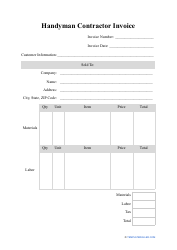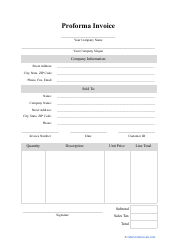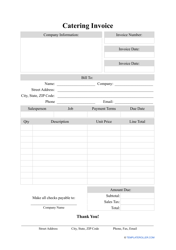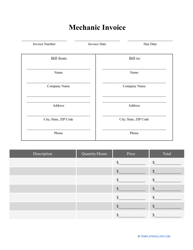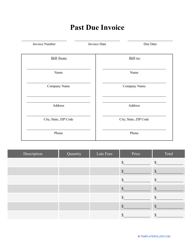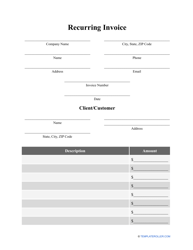PO Vs Non-PO Invoice

Whether you manage a large corporation or a small business, every company benefits from ordering goods and services from various suppliers - and if you sell products, the customers will place their orders so it is required to find the most convenient way to follow every request, fulfill it correctly and on time, and maintain proper records of every deal and transaction. It is mandatory to conduct good invoice management - every invoice that specifies the date and address of delivery, indicates the services and products the customer requested, and informs the client about the payment deadline must be tracked, approved, and processed. Additionally, every filing system should categorize invoices - for example, you can separate PO and Non-PO Invoices.
What Is a PO Invoice?
A PO Invoice is a written statement that lists the products and services requested by the customer with the help of a purchase order. If a buyer shares their demands with the seller notifying the latter about the delivery address, the individual or company that must be billed for the items, and the quantity of goods required, a purchase order is generated, and it will allow the seller to compose a PO Invoice. This type of invoice is used for direct purchases - frequent transactions that let the company continue its day-to-day operations. The PO Invoice process is quite straightforward - upon receiving a purchase order, the business delivers the goods or renders the services and sends an invoice to the party that has to pay for them.
What Is a Non-PO Invoice?
A Non-PO Invoice refers to a document filled out when a business has to make an indirect purchase. If a company needs to purchase items or services outside the regular process of procurement, for instance, buying office supplies or hiring an independent professional such as an attorney or advertising firm, it requires a different approach - often, there is no need to prepare and process a purchase order complicating the relationship between the parties. On the other hand, if you complete an invoice after verbal communication with the other party, you have to ensure the document contains no errors and all the details of the transaction adhere to the needs of the client, otherwise, a disagreement or even a legal dispute is inevitable.
What Is the Difference Between PO Vs Non-PO Invoices?
Sometimes suppliers and clients alike find it difficult to differentiate between PO and Non-PO Invoices - below you can see what document must be prepared to cover the details of any transaction:
- A PO Invoice is connected to a purchase order and therefore contains an additional box compared to a Non-PO Invoice - you can find an Invoice PO number that corresponds to the number assigned to the purchase order. This helps the vendor keep accurate records while the buyer can contact them and refer to the transaction using this number in case of any issue.
- PO Invoice processing is faster - the document is approved quicker since the wishes of the customer are already recorded in the purchase order while a Non-PO Invoice will take more time and additional negotiations to let the vendor learn what the customer is looking for especially when it comes to shipping and billing. If the supplier does not receive enough details from the customer, it can be tricky to fill out an invoice.
- A PO Invoice is typically used for normal procurement - the company identifies the need for goods and services, finds an appropriate vendor or service provider, conducts negotiations, and submits a purchase order, after which the other party completes an invoice - typically, to send an invoice you need to write an e-mail briefly informing the recipient about the need to pay for the goods and services before the due date and attach an invoice in question. When it comes to a Non-PO Invoice, however, it is needed either for discretionary spending of the business or for emergency expenses (for example, repairs to the office in case the damage prevents employees from safely entering the building), so no purchase order exists and only an invoice is drafted.
Related Topics:
